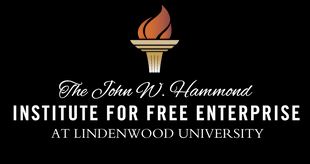Document Type
Article
Publication Title
Center for Economics and the Environment: Policy Series
Abstract
This report summarizes the Heartland’s recent economic performance relative to the rest of the United States. I focus on two key economic indicators: total population change since 1969 and net domestic migration measured using earning capacity instead of population. I find that the Heartland’s metropolitan areas are significantly lagging the entire rest of the nation in working-age population and working-age earning capacity growth. I also find that the Heartland’s non-metropolitan areas are in absolute decline when viewed through the lens of working-age population and earning capacity. Unlike the metropolitan performance, however, there is nothing exceptional about the non-metropolitan decline. My analysis indicates that Missouri’s rural areas are performing slightly better than the region and most neighboring states.
Publication Date
2020
Creative Commons License

This work is licensed under a Creative Commons Attribution-NonCommercial-Share Alike 4.0 International License.
Recommended Citation
Rogers, William H., "Attracting People and Potential to Missouri and the Region by Metro Status" (2020). Center for Applied Economics. 1.
https://digitalcommons.lindenwood.edu/cee/1



Comments
William H. Rogers is an economist at John Ward Economics and a Lecturer of Economics at the University of Missouri-St. Louis. Acknowledgements: I would like to thank Rik Hafer for his helpful suggestions and careful reading of previous versions of this paper.
Funding for this study was made possible by the Hammond Institute's Center for Economics and the Environment, Lindenwood University.